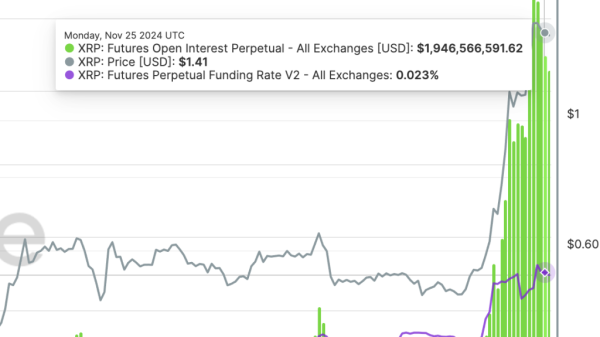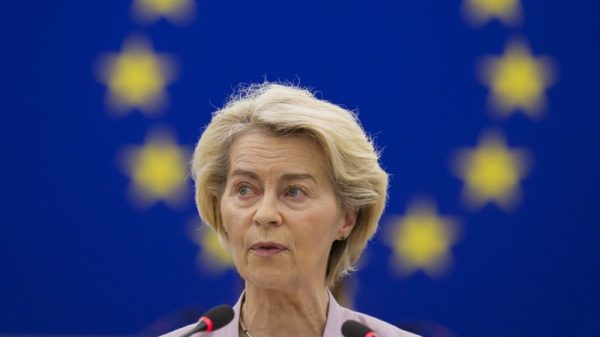Amid pervasive economic challenges punctuated by the ongoing pandemic crisis, the Reserve Bank of India (RBI) has held given verdict to keep the interest rates steady. The announcement came out with unanimous agreement among the Monetary Policy Committee of the RBI, acting as a stabilizing factor amidst unpredictable market conditions.
Although many had hoped for a reduction in interest rates to stimulate economic growth, the RBI is opting to prioritize controlling inflation over short-term growth stimulus. This strategic plan is not so much a response to the present circumstances, but more forward-facing in curbing potential longer-term damage that could be spurred by rampant inflation.
Inevitably, the RBI’s decision implicates both benefits and drawbacks that are critical for economists, finance enthusiasts, and more importantly, consumers to understand. On one hand, maintaining the interest rates could potentially deter investments due to the high borrowing cost. This could have potential implications on the asset price and purchasing decisions of consumers. Additionally, it may act as a disincentive for banks to lend, consequently stalling the velocity of money in the economy.
On the other hand, a stable interest rate helps to curb volatility in the financial markets. It reinforces trust in financial institutions, providing a safety net for banks to continue lending without fear of unforeseen losses. Furthermore, it controls inflation by discouraging excessive spending and investments, which can lead to price levels rising too rapidly.
The impact of this decision is expected to vary across different sectors. For the housing sector, stable rates mean increased mortgage rates, which could potentially bring about a reduction in housing purchases. For consumers, borrowing will continue to be expensive, creating a downturn in consumer spending.
Meanwhile, this decision is expected to impact various sectors of the economy. For the agricultural sector, it’s a welcome move considering the monsoon forecast and high MSP for Kharif crops. Giving priority to agriculture will boost the rural economy and stabilize input prices.
Looking forward, the RBI is hopeful that its strategy will be an effective safeguard against runaway spending and investments that could cause a spike in inflation. They have emphasized that their decision is not set in stone, with room for future adjustments in line with the economic terrain.
In essence, the RBI’s decision is a calculated balance of risk management and long-term economic health. While a reduction in rates could spur immediate growth, the risks of inflation and financial market volatility cannot be ignored. The current stance provides a buffer and stability necessary for businesses and consumers to navigate the uncertainty of the financial climate.






























